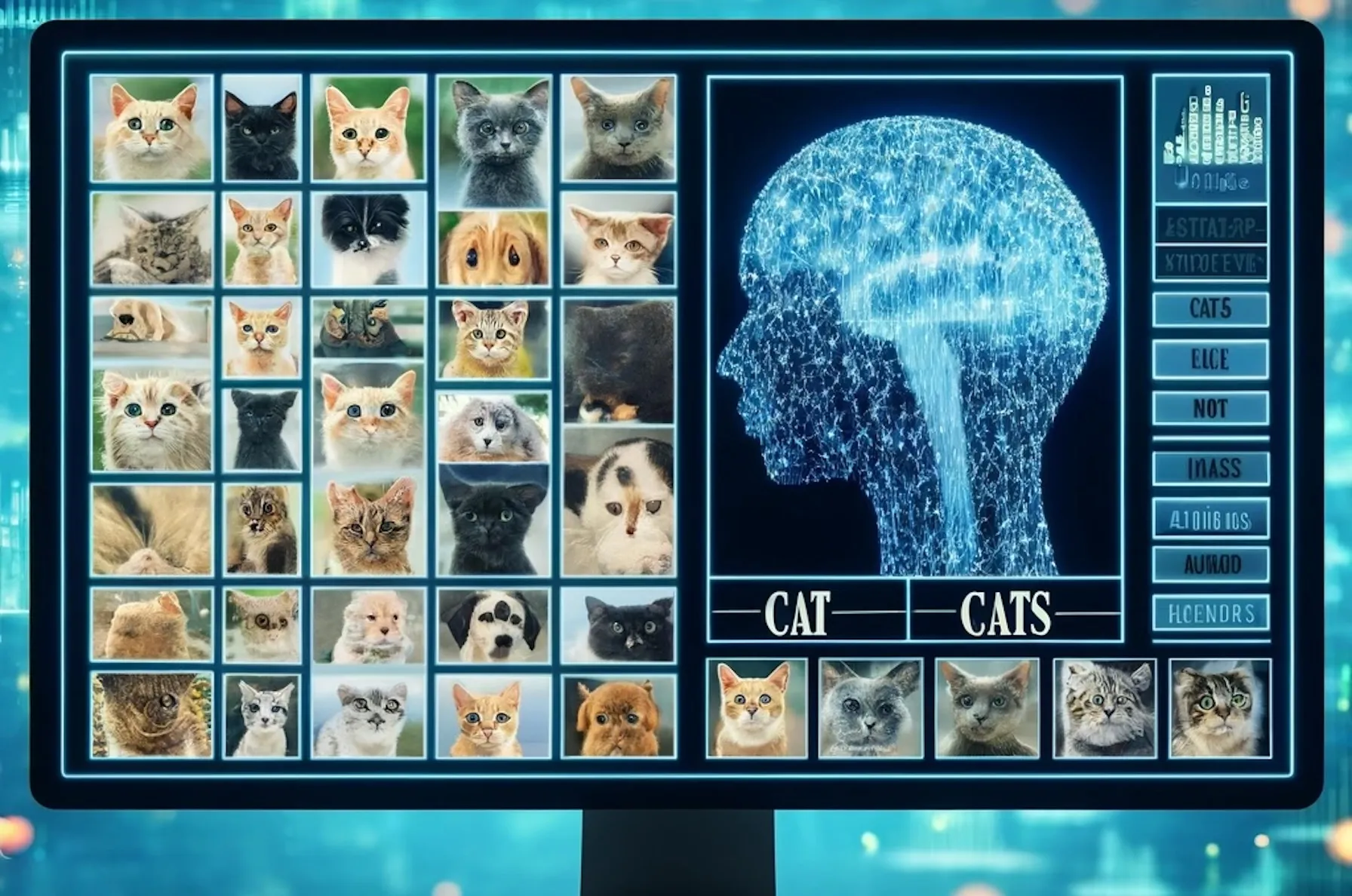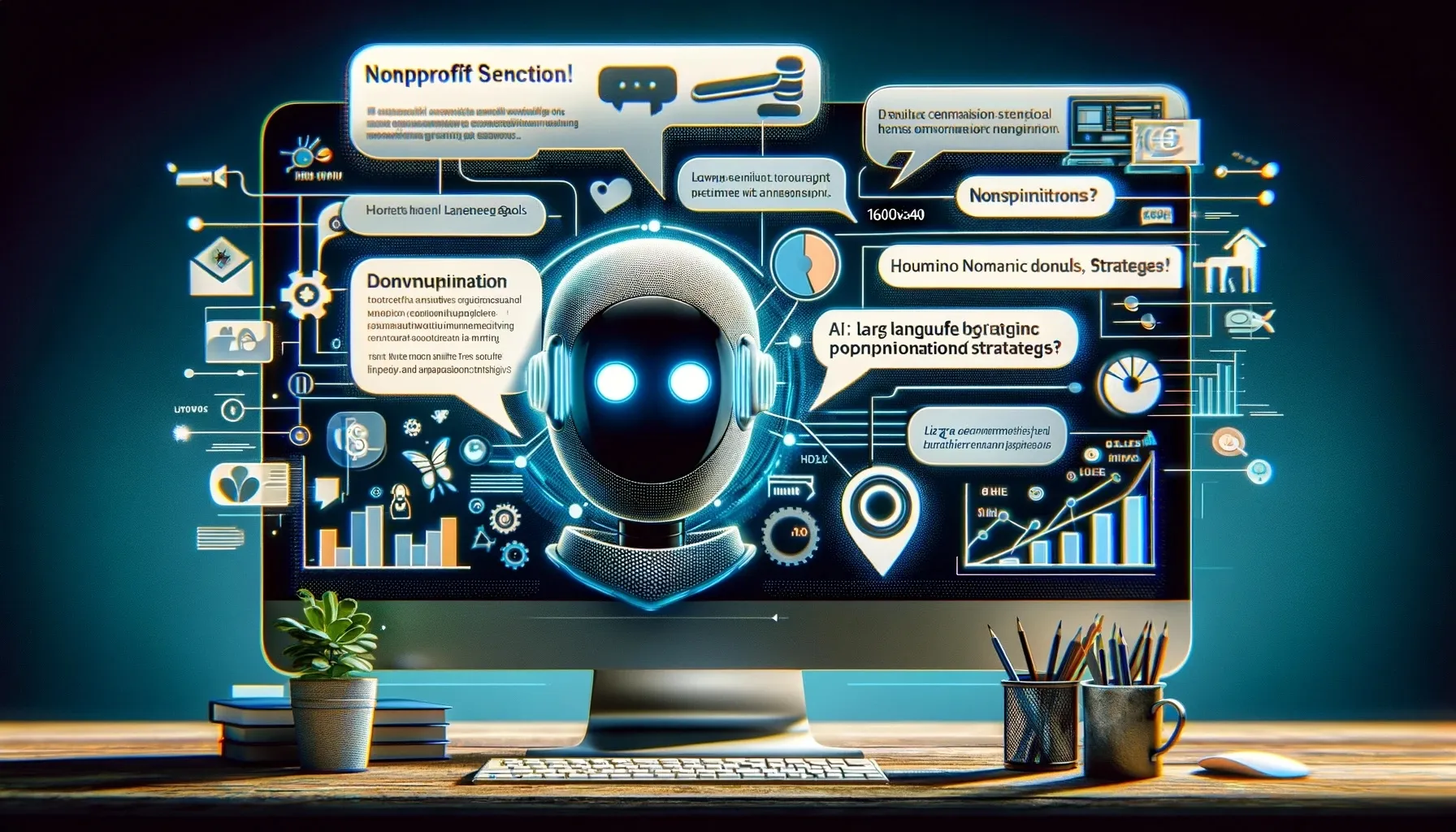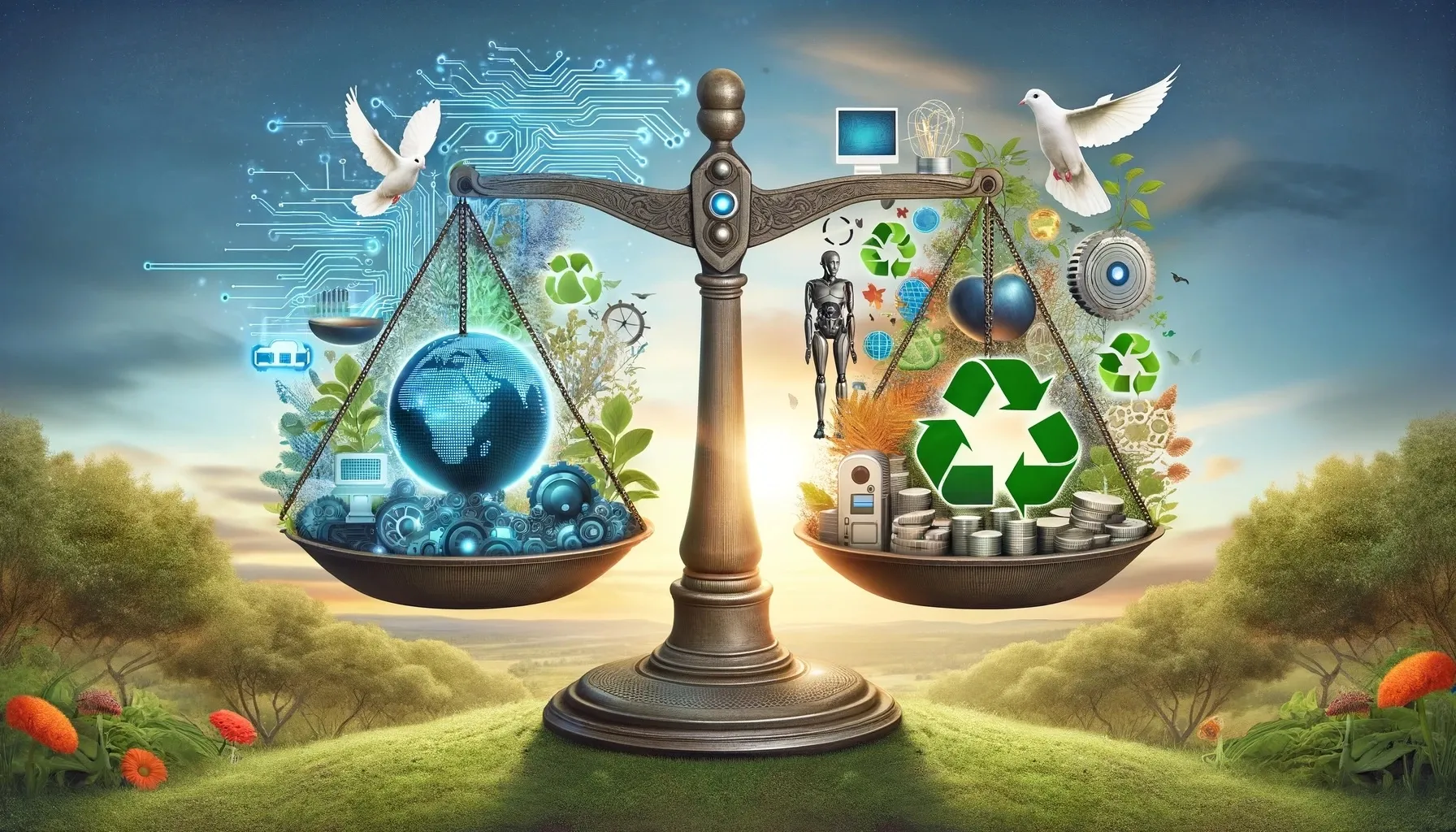Introduction
In recent years, “AI” has become a buzzword in the nonprofit sector, with many CEOs embracing it as a potential solution to fundraising challenges. Leaders are drawn to its promise, envisioning a future where donor engagement and contributions are maximized through technology.
However, amidst the enthusiasm, it's crucial to discern genuine potential from embellishments. This blog post provides an overview of AI, its components, and potential applications in the nonprofit industry.
How Can AI be Used in Nonprofit Organizations and Charities?
AI technologies have the potential to transform fundraising and donor engagement for nonprofits. By analyzing donor data, AI helps identify who might donate, what interests them, and how to connect meaningfully. This leads to personalized outreach, making donors feel understood and more likely to contribute.
Tools like LLMs can simplify giving, offering instant help and making the donation process smoother if implemented correctly. This helps nonprofits understand donor behaviors and preferences, allowing for targeted and effective communication. This ensures resources are used where they're most effective.

By automating tasks like data management, nonprofits can focus more on their mission, enhancing efficiency and impact without getting bogged down in technicalities. AI gives nonprofits the tools to be more strategic and effective in their fundraising efforts.
What is Artificial Intelligence (AI)?
Artificial Intelligence (AI) encompasses the development of computer systems capable of performing tasks that typically require human intelligence such as visual perception, speech recognition, decision-making, and language understanding. The breadth of AI is vast, covering technologies and approaches designed to mimic human cognition and reasoning.
A practical and relatable example to illustrate a key component of AI is the "cat test". This involves training a computer system by showing it a million pictures labeled as "cats" and another million labeled as "not cats." The goal is for the system to learn from these examples.

After a training phase (or typically multiple training phases), the system will begin to accurately determine whether a picture depicts a cat or not when presented with a new, unlabeled picture. This example demonstrates how AI can learn from extensive datasets to make identifications or decisions, tasks that would normally rely on human intelligence.
What is Machine Learning (ML)?
Machine Learning (ML), a subset of AI, focuses on creating systems that learn and improve from experience without explicit programming. ML develops algorithms and models that allow computer systems to enhance performance on specific tasks through data and experience. The ability to learn from data sets ML apart and forms the foundation for many AI applications.
The abilities of ML are particularly relevant for predictive analytics on donor engagement in the nonprofit sector. While AI's potential is often met with enthusiasm, it's important to approach claims of its capabilities with skepticism. The aim is to provide a grounded perspective on how AI and ML can be applied within the nonprofit industry.
What is Artificial General Intelligence (AGI)?
Artificial General Intelligence (AGI) refers to the hypothetical ability of a machine to understand or learn any intellectual task that a human can. AGI represents the next frontier in AI, aiming to create machines with the ability to understand, learn, and apply knowledge across a wide range of tasks. Although AGI remains a visionary goal, its development could revolutionize every sector, including nonprofits.
Despite currently remaining a theoretical concept, the pursuit of AGI underscores the ambitious scope of AI research and development. While AGI remains a concept of the future, current AI technologies, such as Large Language Models (LLMs), are already making significant strides in various applications.
What are Large Language Models (LLMs) such as ChatGPT and Co-Pilot?
Large Language Models (LLMs) like ChatGPT and Co-Pilot are a type of AI model that can understand and generate human language. They have transformed how machines understand and generate human language, engaging in meaningful dialogue, creating content, and offering insightful analyses, thus opening new avenues for nonprofit communication strategies.
LLMs are trained on vast amounts of text data and can perform various language-related tasks, such as language translation, text summarization, and question answering. Their ability to “speak in vectors” makes them particularly suited for interactive and generative tasks. This advancement in AI demonstrates how far the field has come in developing models that can interact and communicate in human-like ways, setting the stage for even more sophisticated AI models.
What are Multimodal Models and How Do They Differ from Text-Based Models?
Multimodal models are AI systems that can process and relate information from multiple modalities, such as text, images, and audio. Unlike text-only models, multimodal models can understand the context and nuances of different types of data together. This capability is crucial for tasks that require a holistic understanding of information, such as image captioning and visual question answering.

By integrating various types of data, these models enable more robust and creative approaches to content creation and donor engagement, bridging the gap between textual information and visual content. As AI evolves, the ability of these models to interpret and synthesize information from multiple sources could further enhance their utility in a variety of fields, including the nonprofit sector.
How Can Nonprofits Leverage LLMs like ChatGPT and Multi-Modal Models?
Nonprofits can leverage LLMs like ChatGPT or Claude to enhance their content creation and client onboarding processes, streamline operations, improve engagement, and personalize experiences. Here are some categories and specific AI tools that might be particularly beneficial.
Content Creation with Generative AI
- AI Writing Assistants: Tools like OpenAI's GPT (including ChatGPT) can help in generating articles, reports, emails, and social media content. They can also assist in editing and improving the readability of texts.
- Graphic Design Tools: Platforms like Canva use AI to suggest design layouts, color schemes, and fonts, making it easier for nonprofits to create professional-looking visuals without needing a designer.
- Video Creation and Editing Tools: Tools such as Lumen5 and InVideo use AI to help users create engaging videos from text content, useful for marketing, fundraising, and educational purposes.
- SEO and Content Optimization Tools: Platforms like Clearscope and MarketMuse use AI to analyze content and suggest improvements or keywords to enhance search engine rankings and visibility.
Client Onboarding, Engagement, and Support for Marketing and Sales
- Chatbots and Virtual Assistants: AI-powered chatbots can handle initial interactions with clients or donors, provide information, and guide them through onboarding processes or answer FAQs, 24/7. Platforms like ManyChat or Chatfuel offer customizable chatbot services.
- Customer Relationship Management (CRM) Systems: AI-enhanced CRMs like Salesforce or HubSpot CRM can help nonprofits manage interactions with clients, donors, and volunteers by analyzing data to provide insights on engagement strategies or automate communication.
- Email Marketing Tools: Platforms like Mailchimp use AI to optimize email campaign timing, subject lines, and content personalization, helping nonprofits reach their audience more effectively.

What is the Pricing Structure for Various AI Tools?
The pricing structure for AI tools varies widely based on the type of service, usage volume, and specific features required. Most AI service providers adopt one or more of the following pricing models:
-
Subscription-Based
- Monthly/Annual Fees: Regular fees for access, with tiered options based on features and usage.
- Tiered Subscriptions: Levels with varying features and limits; higher tiers offer more resources.
-
Usage-Based
- Pay-As-You-Go: Costs tied to usage volume, like API calls or data processed.
- Tiered Credit System: Purchase credits for services; actions deduct from the total.
-
Freemium
- Basic Free Access: Core features provided free, with paid upgrades for more capabilities.
-
Custom Pricing
- Enterprise Solutions: Tailored pricing for large or specific needs, including support and scalability.
Pricing Structure Examples from Popular AI Applications
- OpenAI (ChatGPT, DALL·E): Offers a free tier with limited usage and a pay-as-you-go pricing model for more extensive use.
- Google Cloud AI: Provides a pay-as-you-go pricing model with costs varying by the specific AI service used (e.g., Vision AI, Translation AI).
- Microsoft Azure AI: Utilizes a pay-as-you-go model, with costs depending on the services and resources used.
It's important to note that prices and structures can change, and discounts may be available for startups, academic use, or nonprofits. Users should carefully consider their needs and consult the latest pricing information from providers to make informed decisions.
Compliance and Ethics: Foundations for Trust
When implementing AI in the nonprofit sector, it's essential to consider the ethical and compliance implications. Adhering to legal standards and ethical practices is paramount for maintaining donor trust and leveraging AI responsibly. This includes ensuring that AI systems are transparent, accountable, and aligned with the values and mission of the organization. Issues such as data privacy, bias, and fairness are critical considerations when developing and deploying AI solutions.
While this topic is only briefly touched upon in this article, it warrants thorough exploration to fully understand the ethical and compliance landscape of AI in nonprofits. As we navigate the complexities of AI implementation, prioritizing ethical considerations and compliance will be key to fostering trust and maximizing the positive impact of AI technologies in the nonprofit sector.
The Risks of AI Hallucinations and Disinformation: Understanding AI's Limitations and Dangers
While AI can provide remarkable insights, it's also susceptible to “hallucinations” or generating false information. This phenomenon is akin to an AI “lying,” creating outputs that are not based on factual information. It's crucial for the nonprofit sector, where trust and transparency are paramount, to be aware and cautious when interpreting AI-generated content.

The danger of producing highly targeted smear campaigns and phishing attacks at scale will be particularly problematic which emphasizes the need for vigilance and critical evaluation of AI outputs. This can only be achieved with an open, robust, and transparent public discussion concerning the development of AI.
We must take a critical and objective look at the software engineering practices and principles that guide the way models are built, trained, and deployed. Recognizing and mitigating these risks is essential as we continue to integrate AI into various aspects of nonprofit work.
Conclusion
AI has the potential to revolutionize multiple sectors of nonprofits, but it's important to approach it with a clear understanding of its capabilities, limitations, and ethical considerations. By leveraging AI responsibly and effectively, nonprofits can enhance their fundraising efforts, improve their operations, and ultimately achieve greater impact in their communities. Stay tuned for our upcoming articles in this series, where we'll dive deeper into specific topics such as:
- Ethics and compliance of AI in nonprofits
- Why AI is not a silver bullet
- Practical guidance on how to effectively use AI in your organization.
- Fine-tuning AI models for nonprofit-specific applications, tailoring AI technologies to better meet the unique needs and challenges of the nonprofit sector.
- Insights into the phenomenon of AI “hallucinations” and how nonprofits can navigate this issue to maintain accuracy and trust in their AI-driven initiatives.
Through these discussions, our goal is to empower nonprofits with the knowledge and tools they need to harness the power of AI responsibly and effectively, ensuring that technology serves as a catalyst for positive change and greater impact in the communities they serve.

